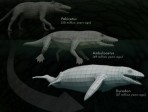 00:07:00
00:07:00
Whale Evolution
The marine mammals known as cetaceans originated about 50 million years ago in south Asia, but their terrestrial ancestor is something of a mystery. Hans Thewissen and colleagues now provide the missing Eocene piece of the jigsaw.
More details | Watch now 00:06:00
00:06:00
Super-Resolution Microscopy
Celebrate methods development with Nature Methods' Method of the Year 2008. See how Super-Resolution Microscopy is set to revolutionize our understanding of cellular biology and hear from the inventors.
More details | Watch now .....
.....
Dark Matter, Dark Energy
Smoot's Nobel Prize was awarded for his analysis of that whisper from the Big Bang, the cosmic microwave background radiation. Today he hopes CERN's data will again transform our understanding of the universe. Young scientists Bilge Demirkoz and Benj....
More details | Watch now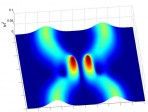 00:06:00
00:06:00
The Quantum Lattice
Awarded a Nobel Prize for using lasers to control and cool atoms, producing the Bose-Einstein condensation, Bill Phillips is eager to hear about new theories from young scientists like Hannah Venzl. An exciting dialogue develops between them on a boa....
More details | Watch now 00:06:00
00:06:00
Fibre and Sunlight
Fine tuning the frequencies of light gave John Hall a Nobel Prize, and helped transform the fields of precision measurement and information transmission. Iris Choi and Andrei Ghicov are young scientists excited by the ways physics can change our worl....
More details | Watch now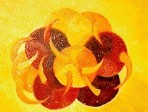 00:06:00
00:06:00
Abolishing Time?
David Gross's Nobel Prize was for work on the 'strong' force which acts between quarks inside the atom. Now he works on string theory, hoping to understand how all the forces of nature could be united. He believes the next steps may involve throwing ....
More details | Watch now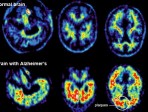 00:06:00
00:06:00
Breaking down Altzheimer’s
Alzheimer's disease is caused by abnormal clumps or aggregations of proteins in the brain. Simon P”psel is about to embark on PhD work on a protein that might help us to treat this devastating disease, and Nobel Prize winning biochemist Aaron Ciech....
More details | Watch now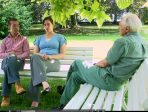 00:06:00
00:06:00
Nanotechnology: Use and misuse
Sir Harry Kroto won the Nobel Prize for discovering the soccer-ball-shaped fullerenes, strangely-structured carbon molecules also known as buckyballs. These molecules led to the development of carbon nanotubes and the burgeoning field of nanoscience.....
More details | Watch now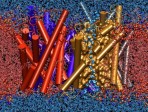 00:06:00
00:06:00
Smart drugs and sneaky microbes
Young scientists like Maartje Bastings are set to revolutionise the way we deliver drugs. Her work will aid the development of 'smart drugs' which target specific proteins in the membranes of particular cells, proteins like the aquaporins discovered ....
More details | Watch now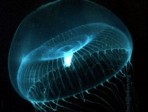 00:06:00
00:06:00
Seeing green
The 2008 Nobel Prize in chemistry was awarded to Roger Tsien and colleagues for work on the green fluorescent protein (GFP). This protein, originally found in jellyfish, enables scientists to track the activity of individual proteins within living ce....
More details | Watch now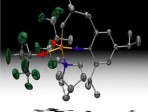 00:06:00
00:06:00
Catalysts and collaborations
Catalysts facilitate almost every reaction in the human body. They also enable us to make all kinds of molecules in the lab, and few people have contributed more to this field than Richard Schrock. Can he help Norweigan student Christer pstad to cata....
More details | Watch now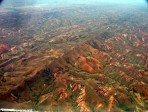 00:04:00
00:04:00
Climate Change: Madagascar
Anjali Nayar visited a pioneering project in Madagascar that's aiming to protect one of the country's few remaining forests. It's hoped that projects like this will help curb global warming. But first, these projects must overcome the poverty and pol....
More details | Watch now
